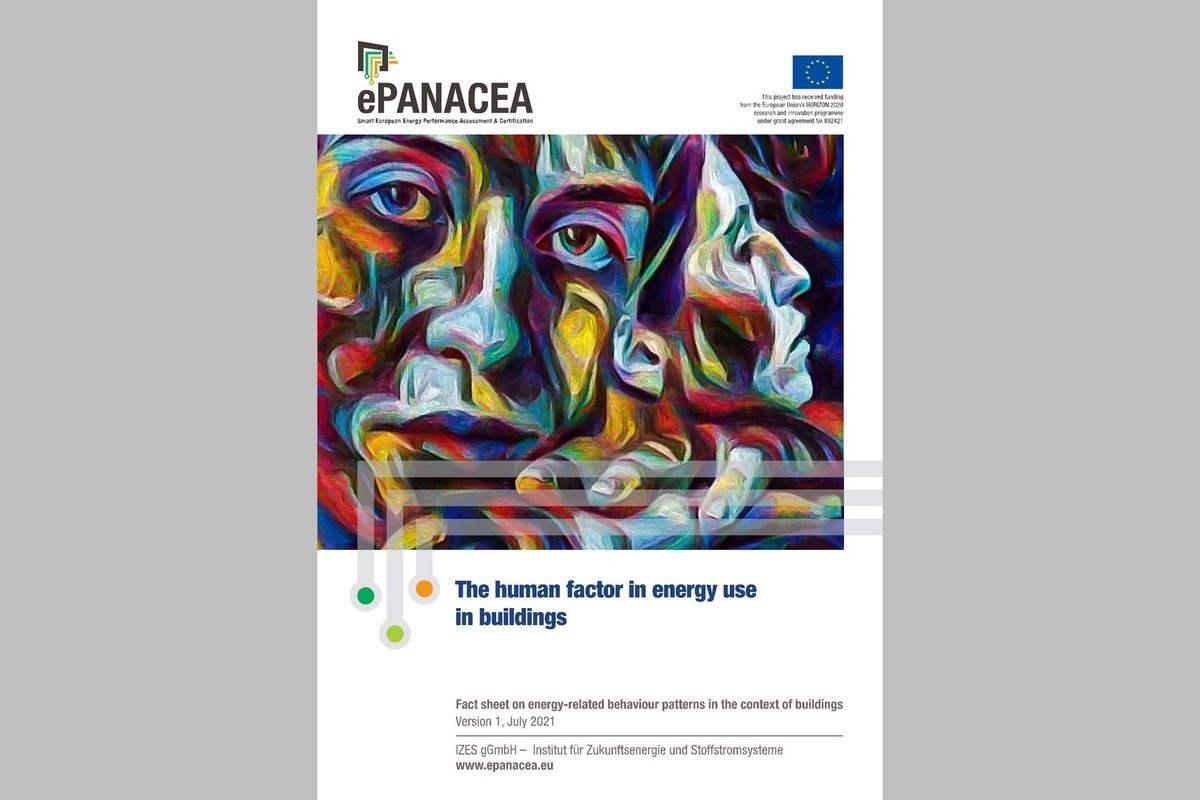ePANACEA Integrating occupant behaviour in the energy assessment of buildings
Alexander Deliyannis

This ePANACEA report addresses the human factor in energy use in buildings.
Humans interact with building systems to maintain or achieve comfortable indoor conditions. Thereby, they influence the energy consumption of buildings. However, the influence through human interactions is insufficiently taken into account in energy assessment of buildings. This contributes to a substantial discrepancy between simulated and actual building energy performance (performance gap).
This report is intended to give the reader a better understanding of energy-related user behaviour and to show how the user dimension can be better taken into account in the energy assessment of buildings. Thereby, this report considers every-day energy behaviour in residential and non-residential buildings, taking into account user-related (cooking, use of domestic hot water and the use of electric appliances) as well as building-related (space heating and cooling, ventilation and lighting) energy consumption. Based on desktop research, this report presents the state-of-the-art of different types of energy behaviour, the factors influencing them and methods to model and integrate occupant behaviours in energy assessment of buildings. Finally, this report informs on the development of user profiles which may be of practical relevance for the integration of the user dimension in the ePANACEA methodology.



